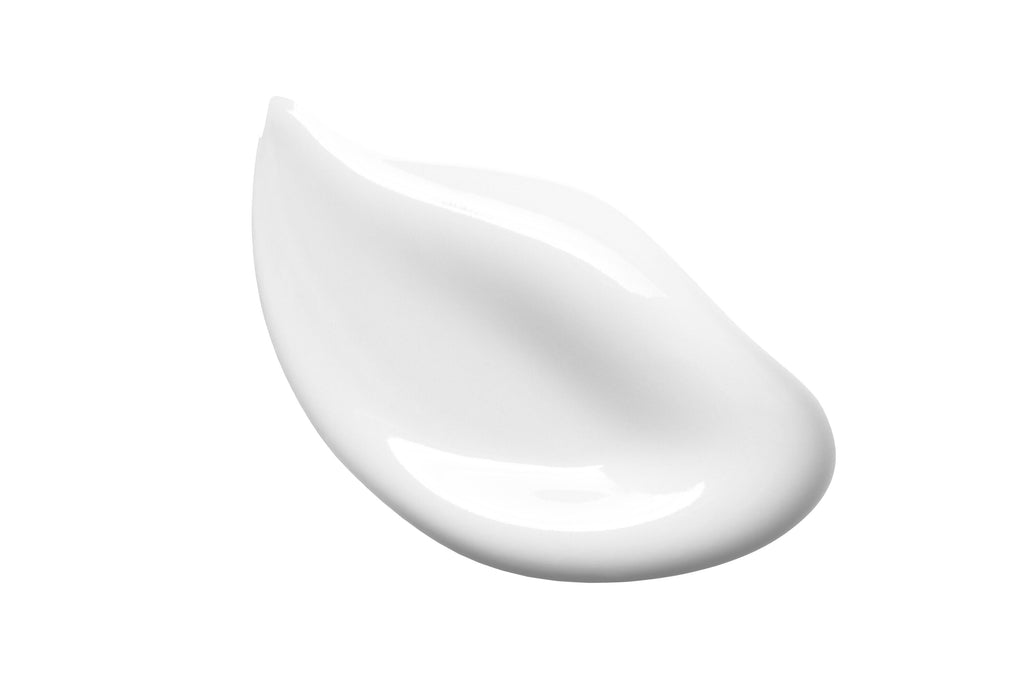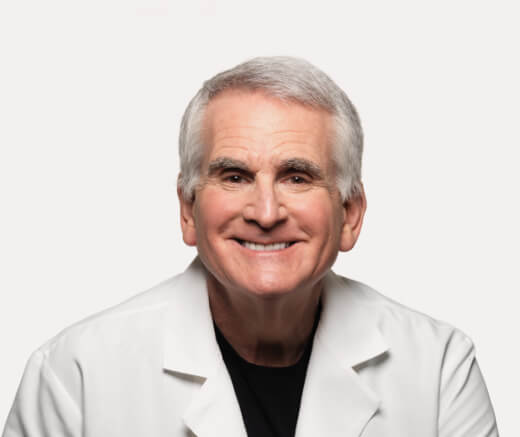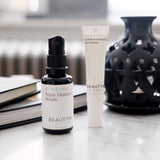
Whether you’ve been tanning, soothing a sunburn, or you’ve finally recovered from a bout of acne, you may be left with something you didn’t expect: dark spots on your skin. These dark brown spots are called hyperpigmentation. Even if you’ve healed from the sun damage or pimples that brought it on, getting rid of your hyperpigmentation can be the final step in getting back the smooth, fresh skin you’ve missed.
Hyperpigmentation From Picking at Your Pimples
Your mother wasn’t wrong when she told you to stop picking at your pimples. While picking won’t necessarily cause acne scars, it can cause a flat brown stain or discoloration about the size of the pimple or even larger. It may not happen every time, but it does happen often. The reason for this discoloration is because the skin becomes injured when it’s picked and any time the skin is injured it reacts by generating more brown pigment to protect itself. Dr. Schultz advises, “Some people have such sensitive skin that even without picking, just from the presence of the pimple, just from the inflammation of the pimple, they get dark spots.” So try to avoid causing any extra hyperpigmentation by leaving your hands off your pimples.
Three Steps for Getting Rid of Hyperpigmentation
The brown spots left on your skin from pimples or sunburns can feel like the final obstacle to your clearest skin ever. But don’t worry because Dr. Schultz says, “those brown spots are easy to get rid of; it just takes three products and a little bit of patience.” Here’s what he suggests:
1. Sunscreen. The most important product is your sunscreen because it prevents the sun from making those dark spots even darker than they already are. Because the sun causes your skin to make more pigment, it’s very difficult to bleach dark spots to make them lighter in the presence of the sun. Plus, if you're not using sunscreen, you're not preventing future brown spots from occurring. So using a good sunscreen and reapplying it regularly is key.
2. Brightener. You want to use a brightener, sometimes called a “depigmenter”, to work on the hyperpigmented area of your skin. Some brighteners have hydroquinone in them and there are also newer ones you can use that contain peptides. Either way, put the brightener on twice a day to stop the brown melanin cells from making more melanin. Those cells are hyperactive, meaning they’re making too much melanin, so the brightener is there to slow those cells down.
3. Chemical Exfoliation. Your third product is a gentle chemical exfoliant, like glycolic, which is always Dr. Schultz’s preference. It’s important to use an exfoliant so it can take off the dead cells on the surface of your skin that are holding onto too much of the brown pigment that’s already been formed.
Between preventing, slowing down, and removing the cells that are causing hyperpigmentation, these three products are essential for getting rid of the dark spots left on your skin.
Extra Credit: Use a Topical Antioxidant
Those three products above will give you a great advantage when getting rid of the hyperpigmentation caused by acne and sun damage. But if you want to take it even further, use a topical antioxidant every night. And not just any antioxidant: use a vitamin C based antioxidant because, just like brightener, vitamin C actually helps to reduce brown pigment and the future overproduction of pigmentation as well!
Don’t feel discouraged by the last hurdle of hyperpigmentation! You are closer than you think to clear, beautiful skin. Simply follow Dr. Schultz’s steps, be patient with your skin as it adjusts back to normal, and in no time you’ll be showing off clear and bright skin you can love.
 BRX REWARDS
BRX REWARDS





















Leave a Comment